Sometimes the Natural disasters would do the job of revelation of our past, the outstanding discovery of ancient terracotta idols on the banks of the Pampa river at Edayaranmula, near Aranmula, Kerala State, India, exploring the Ancient Pampa Valley civilisation, During the excavations of Archaeology Department of India.
A few fisher men had sighted terracotta figurines along a caved-in portion of the river bank near Anjilimoottilkadavu at Edayaranmula.
When a few fishers from Kerala decided to visit the Pamba basin in Aranmula In early September 2018, little did they expect to stumble upon a piece of history hitherto unknown to the world. As they rowed toward the part of the river bank that had sunken-in during the floods, they came across ancient terracotta artefacts stuck between roots of trees that were uprooted. Excited to discover a secret buried in the river bed for so long, the fishermen immediately contacted the archaeological department to further excavate the area.
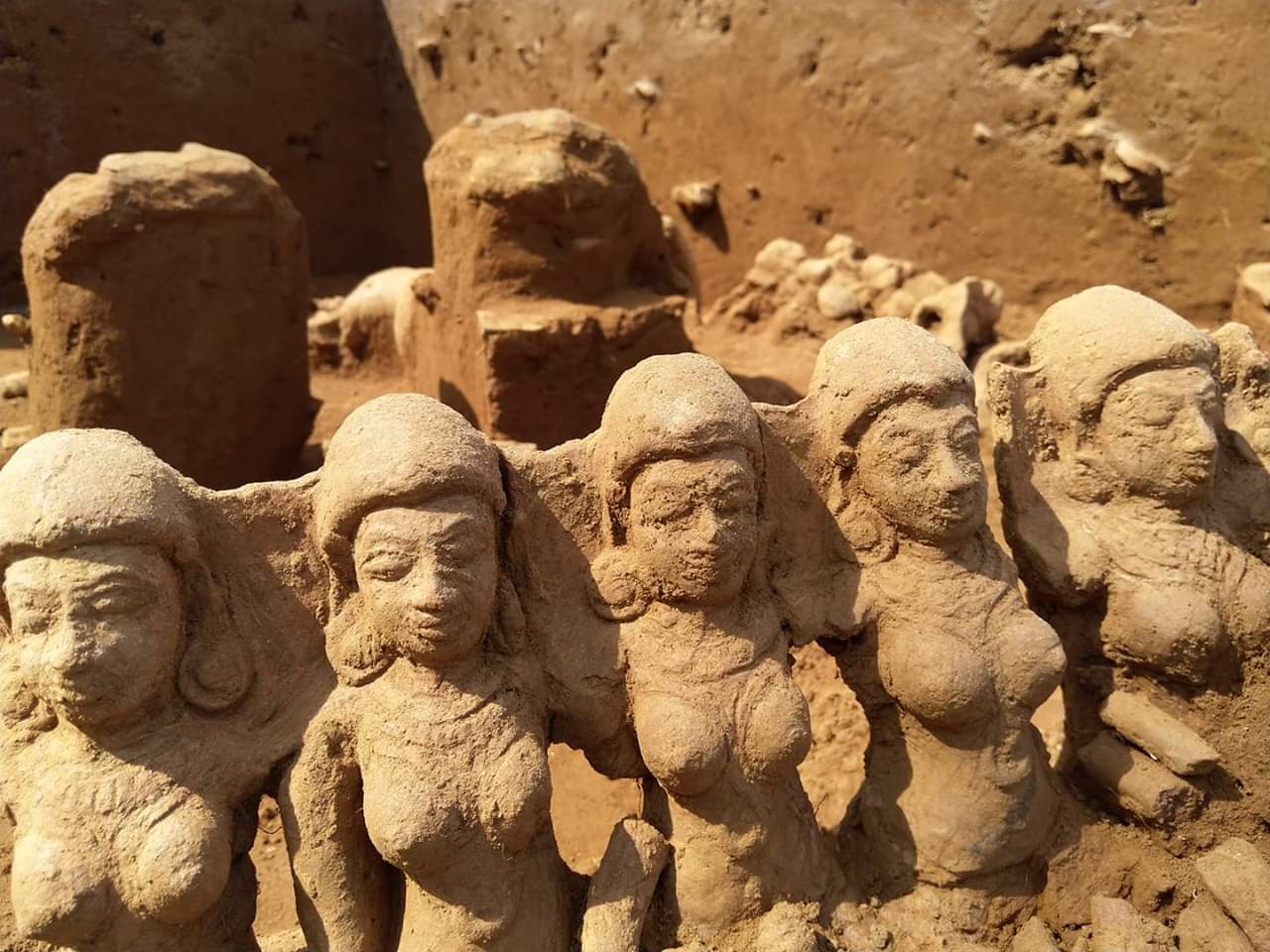
A month post this incident, the Kerala Department of Archaeology has begun a rescue excavation to uncover more hidden terracotta treasures.
As per the historian’s early observations these figurines pointed to a centuries-old rich civilisation that prevailed in the Pampa river basin. It is a first of a kind discovery from the banks of Pampa and invited deeper studies.
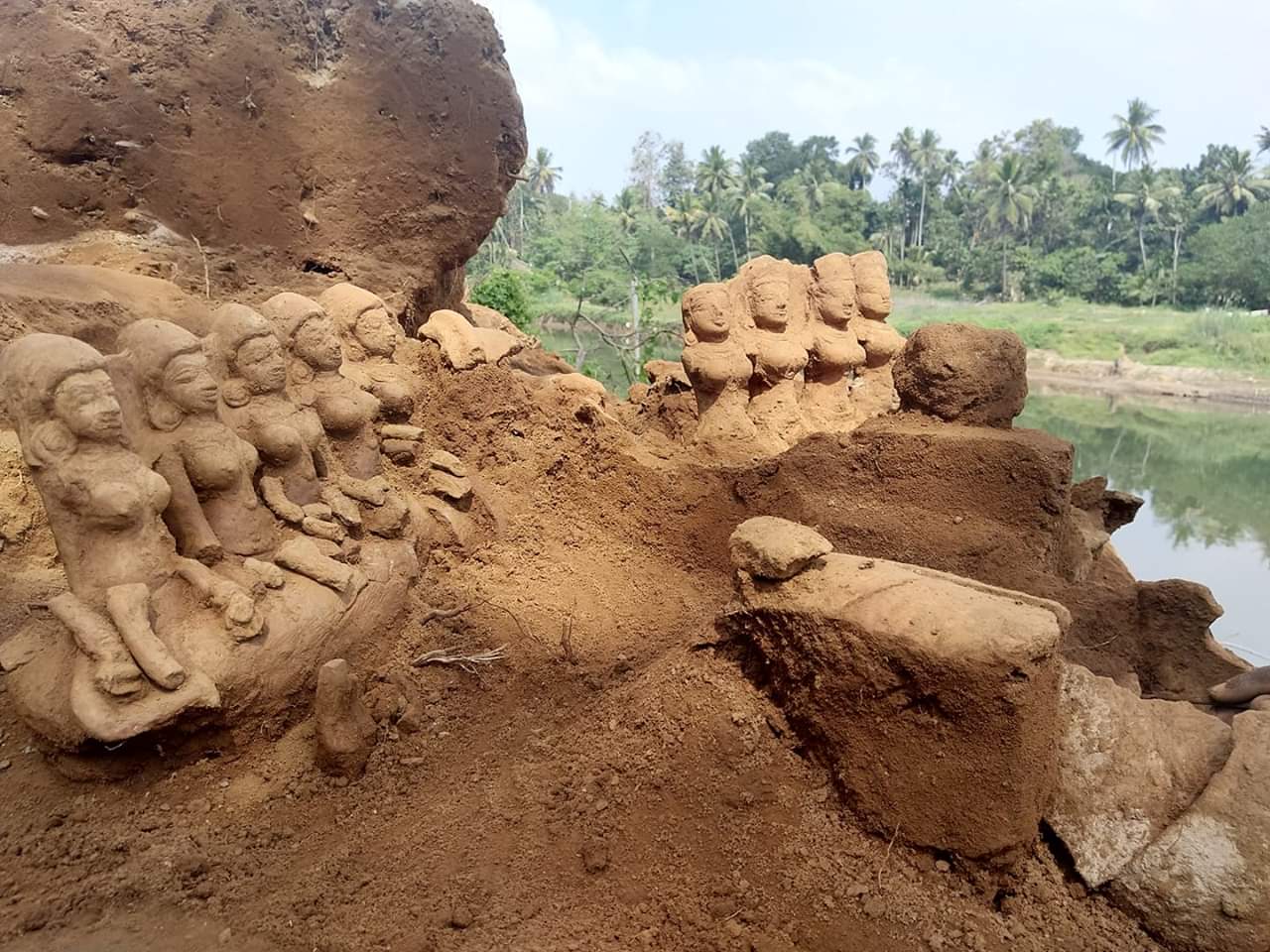
The work, currently in progress at the Kozhipalam region in Aranmula, has led to several more terracotta idols being recovered from the trenches.
Krishnaraj, who is also part of the excavation team, said that the first samples of idols that were found by the fishermen were stuck inside the roots of trees that had been uprooted by a flood induced landslip in the region. Upon further excavation, the team recovered more clay idols, most of them having similar patterns.
The pieces include male and female figurines, snake heads, bust of a man and a twin female terracotta statue. The Aranmula-based Pampa Valley Civilisation Study and Research Centre has taken up the matter with Minister for Archaeology Kadannappally Ramachandran, who directed the Archaeology Department to conduct a detailed study and excavation of the site.
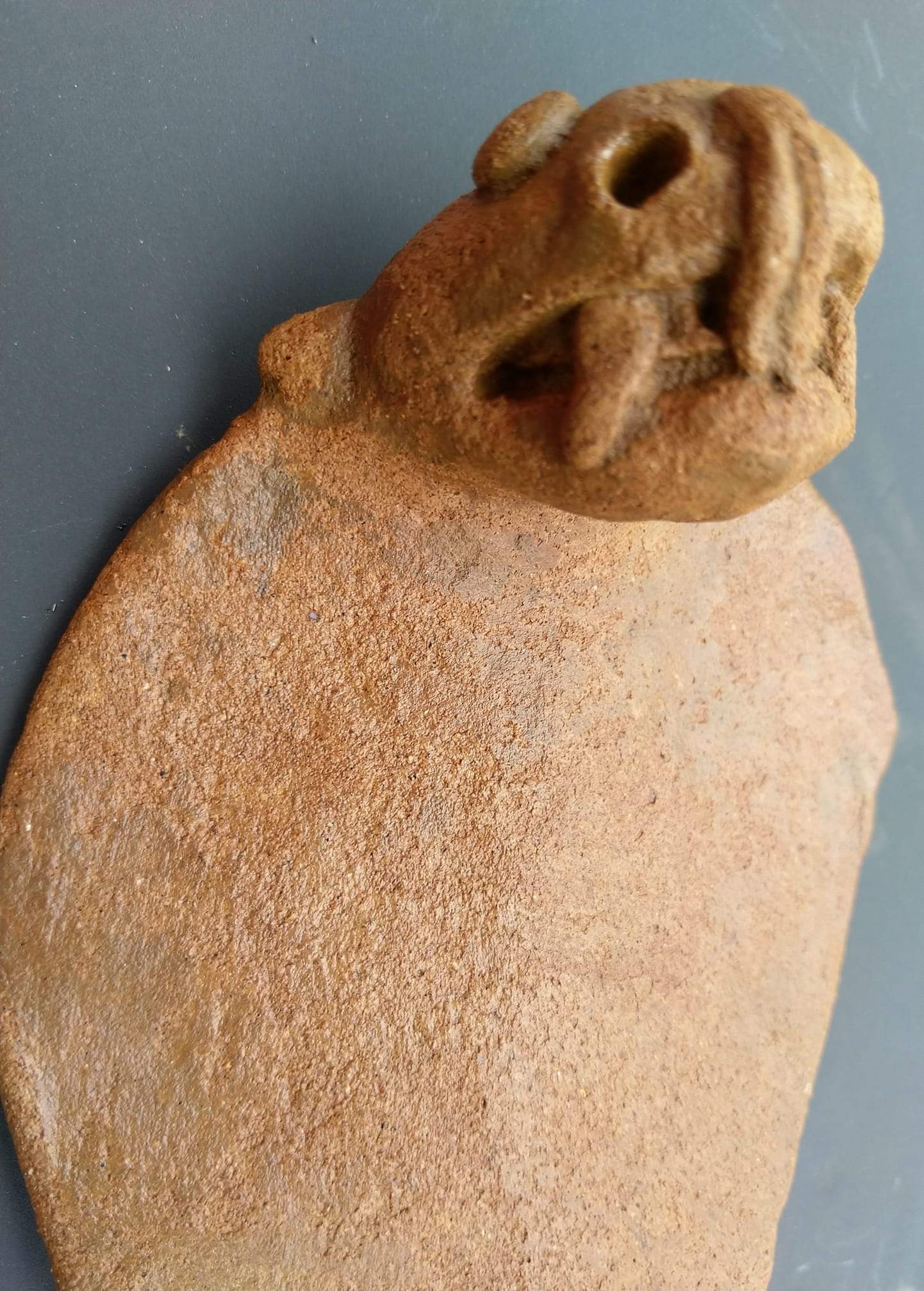
A team of experts comprising S. Bhoopesh, conservation engineer, and Rajeshkumar, curator, attached to the State Archaeology Department, visited Edayaranmula and examined the artefacts on October 1. Meanwhile, Mr. Puliyoor contacted historians M.R. Raghava Warrier and M.G.S. Narayanan. Prof. Warrier visited Edayaranmula in the first week of October and said that the artefacts might be 800-1200 years old.
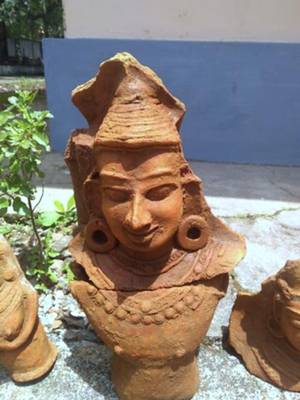
As reported by The News Minute, “Mostly, the idols had seven faces. A group of seven women sitting close together was a prominent kind of figurine. We also found male figurines and Naga (serpent) figurines. The idols look like they belonged to a place of worship — like a sacred grove for the naga gods (pambin kavu). The concept of Sapta Kanya (seven virgins) or Sapta Matrika (a group of mother goddesses) is a common theme in the idols. Votive sculptures or shilpams used for idol sacrifice was also excavated from the region,” he said.
“Saying that is a bit much. A civilisation stands as a huge era in history, consisting of many generations of people and their progress. Here we are talking about small tribes living close to the river. The idols found are mostly used for worship,” Krishnaraj added.
Naga idol found in Aranmula
A few of the figurines have been currently preserved at the Vasthu Vidya Gurukulam, a local institute in the area which teaches vastu, architecture, culture etc. Another small sample of the idols is with the Directorate of Archaeology as they were taken for initial inspection. The excavating team has also kept all the idols they found and unearthed from the basin.
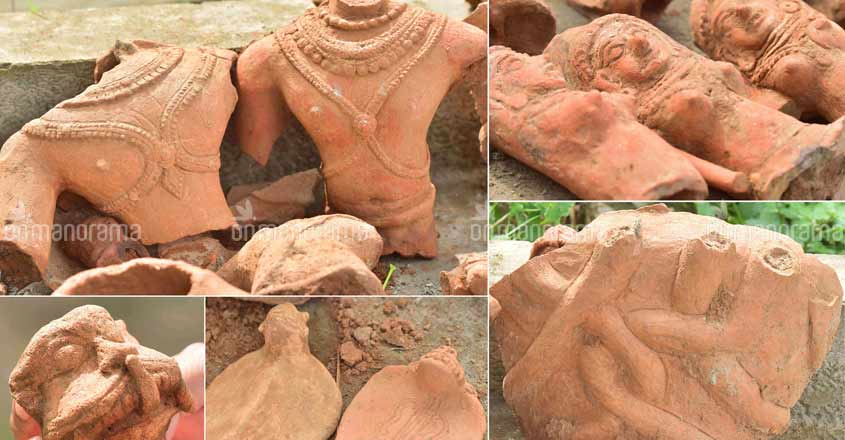
Cist burial site discovered on the opposite banks of the Pamba during excavations
A cist is a small stone-built coffin-like box or ossuary used to hold the bodies of the dead. Examples can be found across Europe and in the Middle East. A cist may have been associated with other monuments, perhaps under a cairn or long barrow.
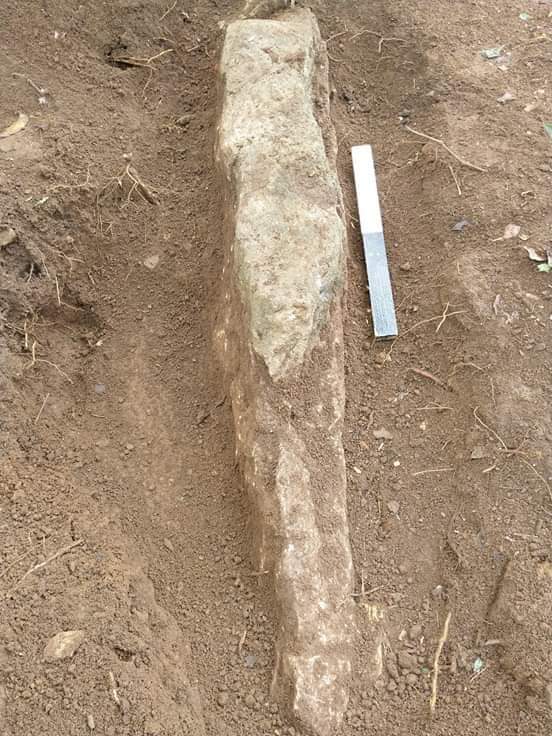
“We are going to send them for Thermoluminescence dating, a process used to determine the exact age of the figurines by identifying the time elapsed since the material was exposed to sunlight or heat. We will be sending the samples to Wadia Institute of Himalayan Geology in Dehradun,” he said Reported by The News Minute.
The team along with local conservationists group Aranmula Pamba Paithrika Samrakshana Samithi have decided to build a museum in the region to preserve the findings from the river basin. Dr. Mohanakshan Nair, linguist and Sanskrit scholar, said the 13th Century text, Tirunizhalmala, also mentioned the heritage village of Aranmula on the banks of Pampa and on the presence of education centres there.